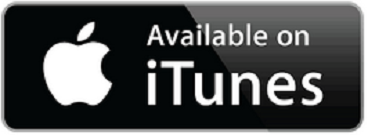
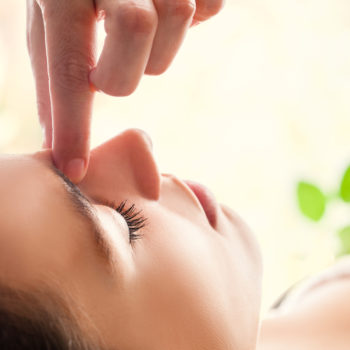 Neuromuscular massage is a type of massage using the fingers or hands to apply pressure combined with friction in order to provide stress and strain releases in the muscles. It is often used to relieve chronic pain. Neuromuscular massage is different than traditional massage modalities where long massage strokes and patterns are used to release stress and strain.
Neuromuscular massage is a type of massage using the fingers or hands to apply pressure combined with friction in order to provide stress and strain releases in the muscles. It is often used to relieve chronic pain. Neuromuscular massage is different than traditional massage modalities where long massage strokes and patterns are used to release stress and strain.
Trigger points are the focal point of neuromuscular massage. Medical massage therapy practitioners use these points to locate problem areas and release the pressure.
Unlike most massages, neuromuscular release focuses more on alleviating chronic pain rather than focusing on relaxation. Many patients with chronic use injuries such as carpal tunnel syndrome or golfer’s elbow can benefit from neuromuscular massage.
What Neuromuscular Massage Is
Neuromuscular massage combines traditional massage techniques with trigger point therapy. Trigger points are tender spots in the muscle where stress is centered and become released by the therapy. Patients often say that trigger points feel like a knot in the muscle. The use of trigger point release in neuromuscular massage is performance improvement and to reduce chronic pain.
 People suffering from chronic pain syndromes benefit from neuromuscular massage because it helps release the nerve pressure on soft tissues. As the therapist uses his fingers, elbow, or knuckles to press down on the trigger point, the knot works itself out releasing tension. This restores the body’s natural skeletal balance around joints with pressure equalized across the muscles.
People suffering from chronic pain syndromes benefit from neuromuscular massage because it helps release the nerve pressure on soft tissues. As the therapist uses his fingers, elbow, or knuckles to press down on the trigger point, the knot works itself out releasing tension. This restores the body’s natural skeletal balance around joints with pressure equalized across the muscles.
In some cases, additional massage aids are used where more focused pressure is required.
Difference Between Deep Tissue and Neuromuscular Massage
There are some key differences between a deep tissue massage and a neuromuscular massage that patients should know about. Deep tissue massage, such as Shiatsu or Swedish massage uses long strokes and pressure to manipulate the muscles with the goal of elongating, stretching and relaxing the body.
A neuromuscular release massage pinpoints the sensitive areas known as trigger points where pressure is applied directly on the pain point to release stress.
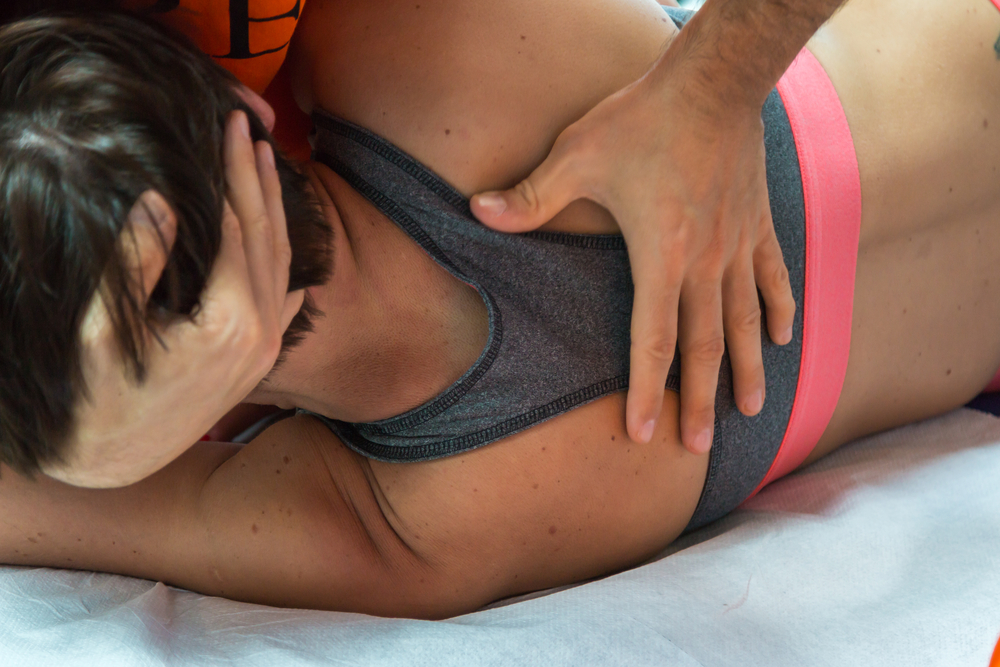
Your physical therapist may utilize components of both massage styles to generate the maximum benefits for your long-term health and wellness.
Deep tissue massages can be done more frequently with less concern over recovery. In fact, deep tissue massages can be done daily.
This is different than a neuromuscular massage that requires patients to rest in between to recover. Where deep tissue focuses on daily aches and pains from stress, neuromuscular release is therapeutic and corrective in nature.
Benefits of Neuromuscular Massage
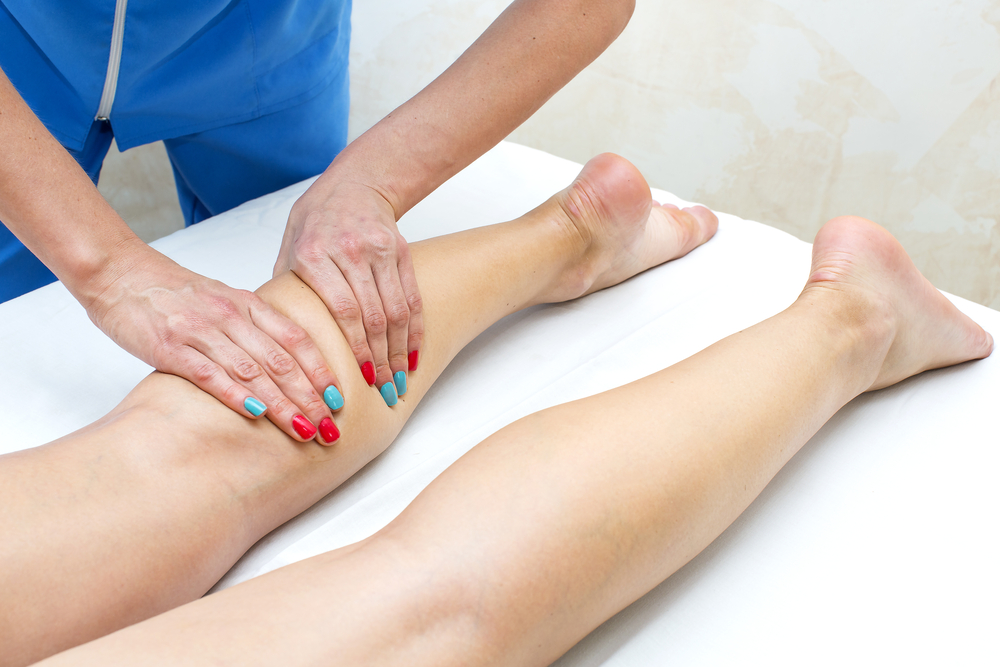 There are several key benefits of neuromuscular massage. When the pressure in the trigger point is released, the muscle is able to relax and elongate resulting in joint relaxation. This allows the joint and muscle to work in better balance, reduces nerve pressure, and resets the tract that the joint moves along.
There are several key benefits of neuromuscular massage. When the pressure in the trigger point is released, the muscle is able to relax and elongate resulting in joint relaxation. This allows the joint and muscle to work in better balance, reduces nerve pressure, and resets the tract that the joint moves along.
The benefits of neuromuscular release patients can expect include:
- Pain reduction: Eliminate pain in the afflicted/stressed region and chronic pain symptoms.
- Increased flexibility: Restores longer, freer movements in the muscles and joints.
- Improved posture: Helps balance the body’s normal tension points leading to better posture and weight distribution.
- Movement efficiency: Reduces stress and pain inhibiting a normal range of motion.
- Better circulation: Eliminates stress points that clog circulation in the afflicted pain regions.
- Toxin elimination: Releases toxins stored in the trigger points and flushes them out.
- Higher energy levels: Improves overall energy as pain levels go down, circulation improves, and movement becomes easier.
A doctor, chiropractor, or physical therapist can review the benefits that patients can expect from a neuromuscular massage based on the specific pain and injury history. While neuromuscular massage is non-invasive, it isn’t for everyone. Consult your medical care professional before starting therapeutic massages.
What Conditions Neuromuscular Massage Treat
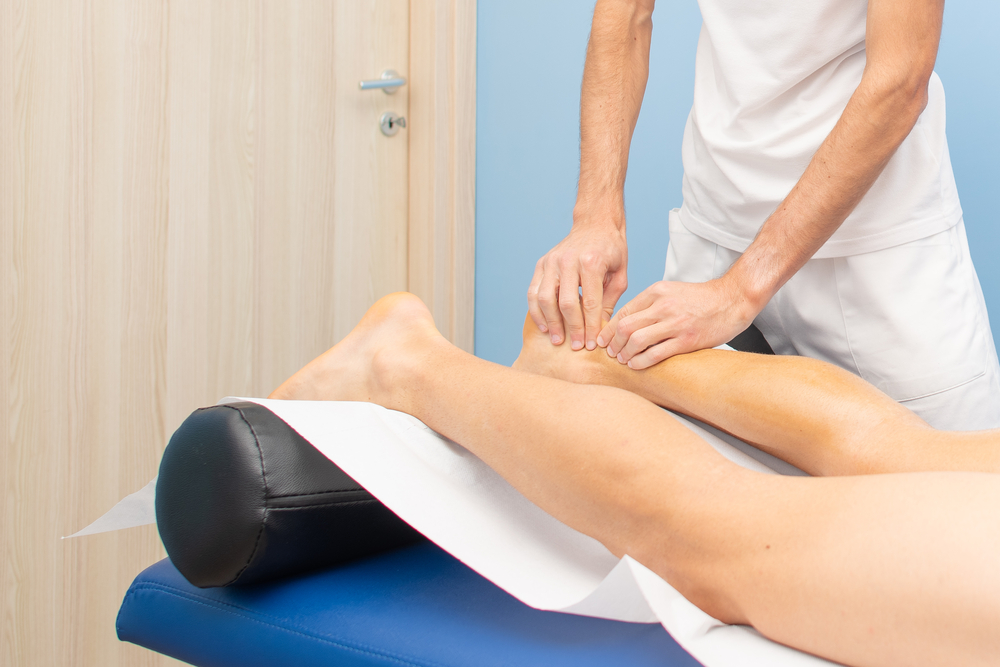 While neuromuscular release therapy uses muscle release at trigger points, it is designed to help with mechanical issues resulting from chronic pain conditions.
While neuromuscular release therapy uses muscle release at trigger points, it is designed to help with mechanical issues resulting from chronic pain conditions.
Physical therapists and doctors can help a variety of overuse injuries and chronic conditions including:
- Lower back pain: Helps restore balance to the spine by releasing trigger points in surrounding regions.
- Upper back pain: Alleviates upper back and neck pain due to stress points in the shoulders, neck and mid-back muscles.
- Hip pain: Relaxes hip joints through the release of trigger points found in the upper legs, glutes and lower back.
- Chronic headaches: Reduces headaches by improving circulation from the neck and releasing upper back and shoulder tension.
- Iliotibial band friction syndrome: Makes movement more efficient by releasing the trigger points and myofascial adhesions alongside the iliotibial band.
- Knee pain: Releases tension points above and below the knee that prevents efficient movement in the knee.
- Carpal tunnel syndrome: Removes tension around the nerve entrapment that frees up the joint to move and glide properly.
- Sciatica: Undoes the tension created by the iliotibial band along the upper leg and lower back.
- Calf cramping: Prevents constant calf muscles spasms by releasing trigger points under extended stress.
- Plantar fasciitis: Restores movement among the tiny joints in the foot to release stress along the bottom of the foot.
- Tendonitis (i.e. tennis elbow or golfer’s elbow): Releases trigger points above and below the elbow (or joint) where tendonitis flares up.
- Temporomandibular joint pain (TMJ): Frees up the jaw joint with releases alongside the jawline and upper neck.
 Most chronic pain issues are helped with neuromuscular massage. Your therapist will assess your injury and tell you if you should be waiting to use this modality or if you can start immediately.
Most chronic pain issues are helped with neuromuscular massage. Your therapist will assess your injury and tell you if you should be waiting to use this modality or if you can start immediately.
History of Neuromuscular Massage
Even though you might not be familiar with the term, neuromuscular massage has been practiced by osteopaths since the 1930s. It was originally developed by Stanley Lief, DO and Boris Chaitow, DO who created the Ayurvedic manual used to direct the deep tissue palpitations. Later in the 1950s, Dr. Janet Travell made the manual therapy massage technique more popular, using it to treat President Kennedy for spinal cramps.
What to Expect In a Neuromuscular Massage
Since the neuromuscular massage is designed for pain management and physical therapy purposes, it will be a different experience compared to a traditional deep tissue massage. In a Swedish massage, you undress and lay under a sheet. The massage therapist uses massage oils and creams to reduce friction between his hands and your skin. Massage strokes in different patterns are used to elongate and relax the muscles throughout the entire body’s major muscle groups.
A neuromuscular massage is very different. Patients often keep their clothes on and may even be sitting up while the therapist works on a particular area. The massage is focused to isolate the area where pain is most prominent. Thus, a patient with tennis elbow could be sitting in a chair while the therapist works on his arm. Creams and oils are rarely used since the therapist needs friction to help release the trigger points.
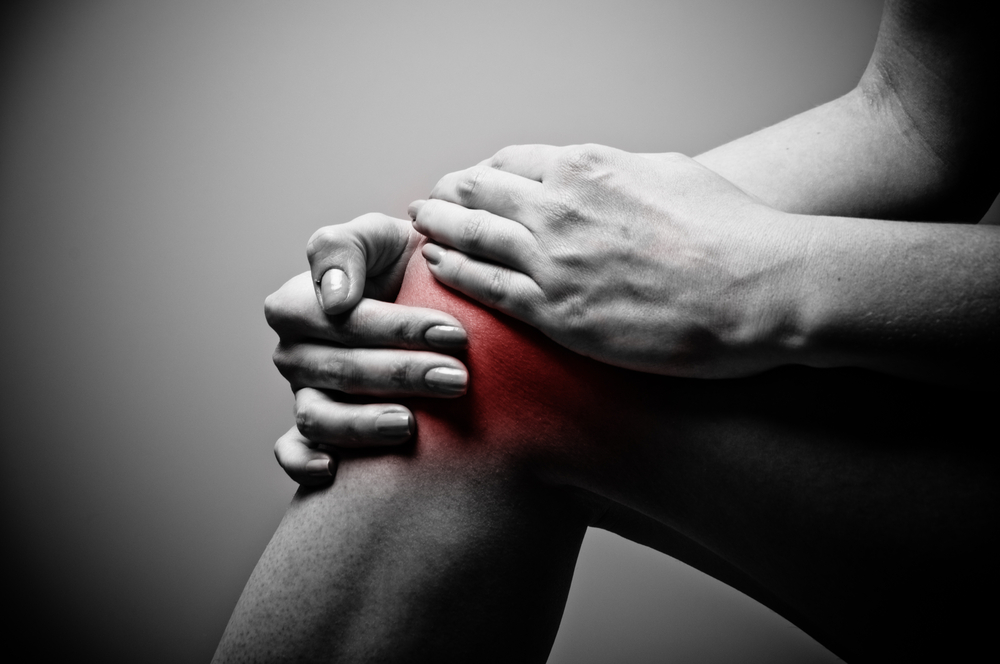 Pressure on the trigger point is applied for 10 to 30 seconds depending on pain tolerance, tension, and muscle tissue size. When pressure is applied, there can be a considerable amount of tenderness and pain until the release is achieved.
Pressure on the trigger point is applied for 10 to 30 seconds depending on pain tolerance, tension, and muscle tissue size. When pressure is applied, there can be a considerable amount of tenderness and pain until the release is achieved.
Communicate with the therapist if the pain is too much during trigger point releases. Don’t expect to have a full-body massage with a neuromuscular massage; treatment is localized. Additionally, expect tenderness to continue in the area and take a couple of days to recover from the treatment.
Possible Side Effects
As with any type of therapy, side effects are possible although they are minimal with neuromuscular release massage. Since there are no oils or creams, there is no concern over an allergic reaction.
The primary side effects known when getting a neuromuscular release massage include:
- Lightheadedness: Increased circulation and the release of toxins can lead to dizziness and lightheadedness. Rest until this passes.
- Nausea: Pain and increased circulation could make some nauseous. This is rare and often passes within a few minutes.
- Fatigue: Dealing with the pain of the procedure and the release of toxins can lead to fatigue for the remainder of the day. Those with chronic pain issues may be fatigued longer.
- Bruising: The area where the trigger points are manipulated for release can become bruised or tender for a few days after the massage.
If you have broken bones or are suffering from an acute injury, talk to your massage therapist before having a neuromuscular massage. Having more serious conditions, such as osteoporosis could make you prone to more serious side effects such as bone breaks and bleeding.
How to Avoid Side Effects
There are some ways to avoid the potential side effects of a neuromuscular therapy massage. It is important to remain hydrated before and after the massage to help flush out any toxins released during the therapy session. Wait before getting up and give yourself time before leaving the session to prevent any lightheadedness.
If the pressure on the trigger point is too heavy, you may get nauseous. Ask your therapist to go lighter on the pressure. He will still need to apply pressure to get the release but can take a longer slower approach to prevent making you sick.
Plan for a light day after your massage session to prevent excess fatigue setting in. Get to bed early to allow your body to heal. Learning where your trigger points are will allow you to massage the area gently prior to getting the therapeutic massage. This will prep the area and help prevent unwanted bruising.
Frequently Asked Questions (FAQs)
Because a neuromuscular massage is not a traditional massage, there may be a lot of questions you have. While your therapist will happily answer them, below are the most common ones to help you prepare for your therapeutic massage session.
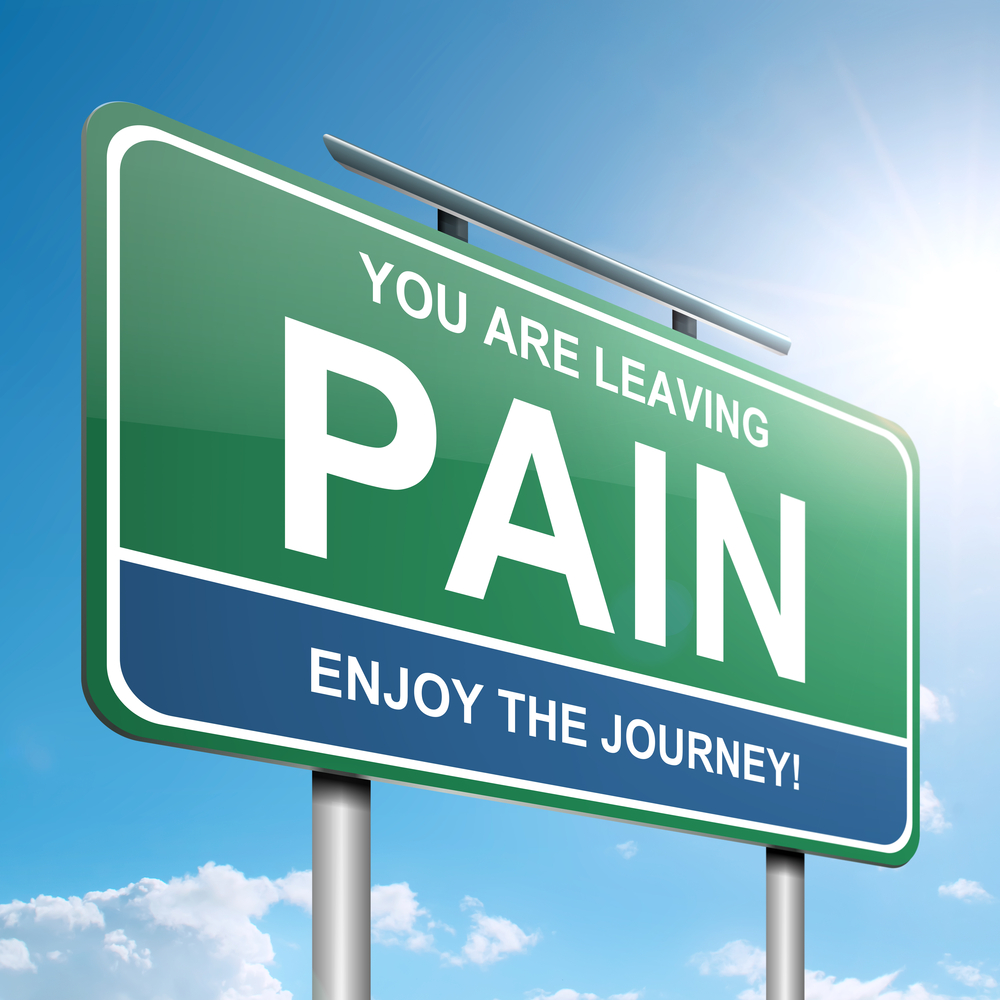
Is neuromuscular massage the same as myofascial release massage?
These terms are used interchangeably. Both neuromuscular massage and myofascial release massage use trigger points to locate and release pain. The myofascial release extends beyond trigger points to work on the fascia connective tissue found in the surrounding areas around the points.
Is neuromuscular release good for sports injuries?
Neuromuscular release is a good therapeutic model for sports injuries that are on the mend. Acute injuries need time for swelling and repair to happen before deep pressure is applied. As healing occurs, adhesions may form as scar tissue. The release of adhesions and increased mobility are aided by neuromuscular release.
Do you take your clothes off in a neuromuscular massage?
Clothes are left on during most neuromuscular massage sessions. Since no creams or oils are used during the massage and friction is desired to achieve the right trigger point release, leaving your clothes on actually helps. If there is a problematic area such as along the spine, your therapist may ask you to take your shirt off to better locate the trigger point.

Will I feel sick after a neuromuscular massage?
It is possible to feel lightheaded and dizzy after a neuromuscular massage. Toxins get released when the trigger point is released. When this is coupled with increased blood flow, being a little lightheaded is normal although this should pass relatively quickly. Remain in the room seated until the sensation passes.
Can neuromuscular massage help carpal tunnel syndrome?
Carpal tunnel syndrome may feel like a soft tissue injury but is in fact, an injury resulting from nerve entrapment. By using neuromuscular massage, therapists are able to release the pressure entrapping the nerve and alleviate the pain in the wrist.
What is a lymphatic drainage massage?
The lymphatic drainage massage focuses on a release of pressure surrounding lymph nodes to promote the movement of lymph fluids through the system. Toxins are released to help improve energy and overall vitality

Where to Get Neuromuscular Massage
Neuromuscular massage is something you will get from a physical therapist or chiropractor, not a traditional massage therapist. Those who perform this type of therapeutic massage are specially trained to locate and release the trigger points.
In the Salem, Oregon area Whitmire Chiropractic is the premier provider of all sorts of therapeutic massage including neuromuscular. After a free consultation, you will better understand how massage modalities will help alleviate that chronic back pain or rotator cuff stiffness that has been ailing you.
Schedule an appointment with Whitmire Chiropractic
Call (503) 362-1002 or click below to request an appointment online:

I have been very impressed with the knowledge and professionalism shown by the staff and physicians at Whitmire Chiropractic. I have been to several other practitioners in the area and I am very relieved to have at last found a chiropractor I can be comfortable to bring my whole family to. I am finally finding relief for shoulder and neck pain that have plagued me for years. I have already referred this office to several of my friends and will continue to do so. Well Done Dr. Whitmire!! The most thorough and well explained doctor I’ve ever met!

Schedule Appointment
Office Hours
Tues: 9:00am - 7:00pm
Wed: 9:00am - 7:00pm
Thurs: 9:00am - 7:00pm
Fri: 9:00am - 5:00pm
Sat: Closed
Sun: Closed

